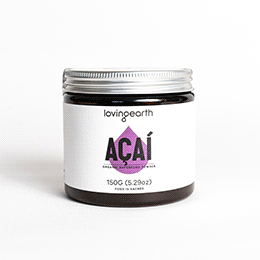![The Agave Growers of Ixmiquilpan - Education & Opportunities [Part 2 of 3]](https://lovingearth.net/wp/wp-content/uploads/2015/01/513.jpg)
The Agave Project in the fertile mountains East of Ixmiquilpan has been a huge success; last week we looked at the basis for the economic downturn in the area over the past century and the manner in which this new endeavor has allowed hundreds of people to return to the land (read here). This week we’re looking at what this means in relation to peoples’ everyday lives.
2000 was the first year of the project, in which the community produced 5.6 tons of Agave. In 2013 they produced over 4,000 tons. Each year it keeps growing at a rate of 250%. Commercialised by the Nekutli Group and organised as a Unión de Cooperativas, there are currently 285 people from four integrated groups working on the project. Every year that number increases. Work is generally organised in family groups. Members receive a consistent salary that permits a good standard of living.
The group has a system of collective insurance in case anyone in the family is sick, meaning they can provide support with schooling: uniforms, books and stationary, thus ensuring that the quality of the education in the area continually improves. A further aim is creating new opportunities and new products, the result of which is new jobs. The project then becomes stronger. The intention has never been to create a lot of profit for individuals, as the profits are for the whole community in which everyone shares equally. There are, for example, special rules for the construction of houses: raw materials are bought in bulk and at the weekend everyone assists in the construction of one house. The next week another house is built and so on.
After visiting the nursery we’re brought back to the farmhouse area and the entire life cycle of an agave plant is demonstrated, right down to the extraction of the “honeywater” from the heart of the plant. As fronds from the Maguey plant are cut away to reveal the inside, they’re kept aside to be used as feed for livestock (pictured here to the right). Other parts of the plant are used for building materials and even for making clothes and rope. Nothing is wasted – right down to the Maguey worm, which is considered a great delicacy! As we sit down to lunch –an amazing spread which we’re honoured to be invited to – I get the full story of the area’s development from the heads of the groups which comprise the co-op.
The first objective in the community was to turn the profits from Agave into gains for local infrastructure. Modern roofs and kitchens were added to the very basic dwellings which people had previously lived in. This greatly improved the standard of living. The next objective was healthcare, which arrived in the form of a new hospital in one of the community’s main towns, San Andreas De Boxta. Following this they began to invest in education, and last year Nekutli supported the local school in constructing a special room for the installation of computers. A major gain here was a language program known as Encyclo Mexico which facilitates a virtual blackboard and online attendance of language classes, something which will greatly contribute to the school’s educational capacity. The cost of this project was $38,000 U.S. dollars and every year the community will pay $4,000 to continue supporting this project across three different schools in the area. A great aura of hope and prosperity surrounds the co-op members as they proudly tell me of these endeavours, and I’m quickly caught up in their positive mood. Lives here are changing for the better, day by day.
Read Part 3: A Bright Future


